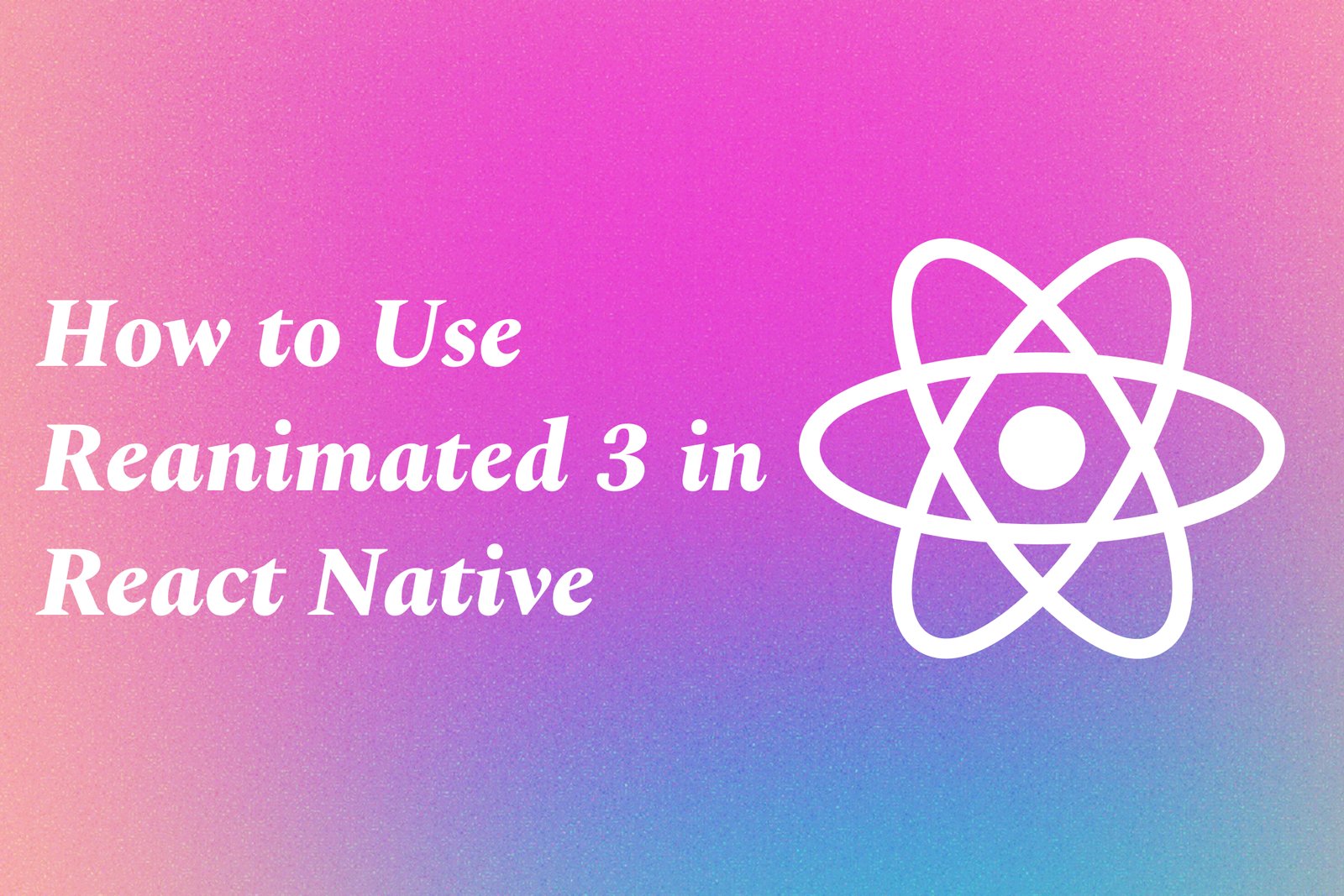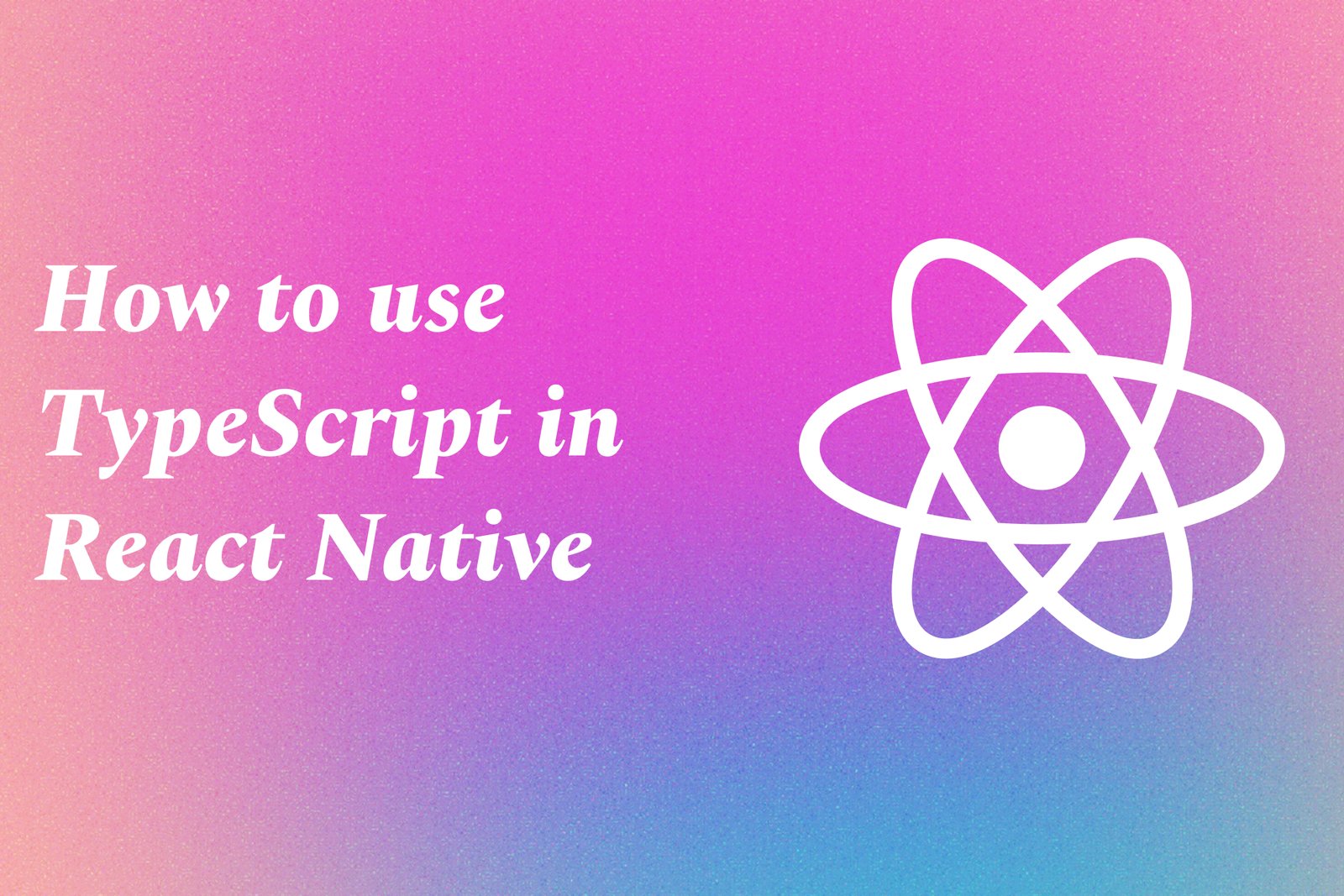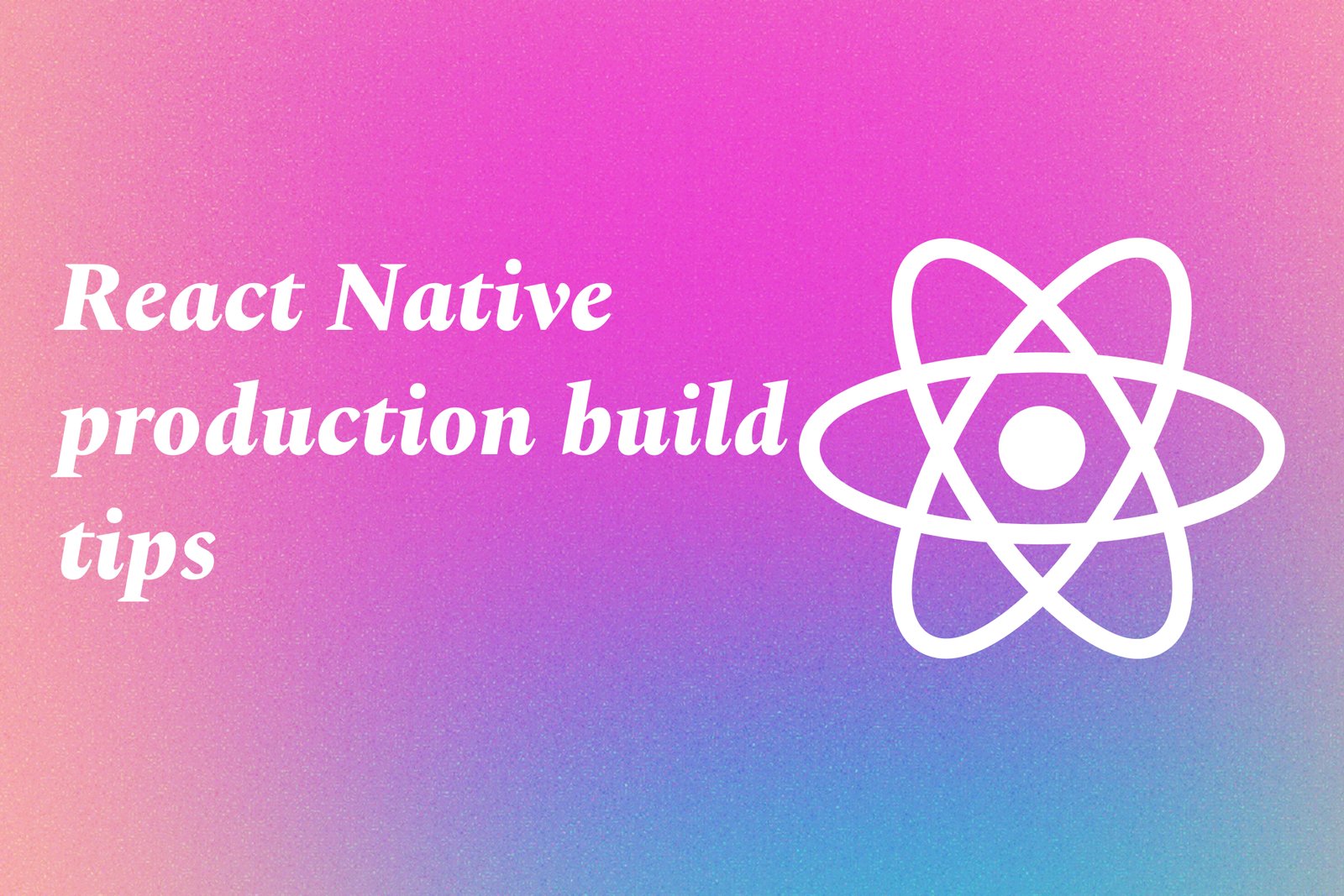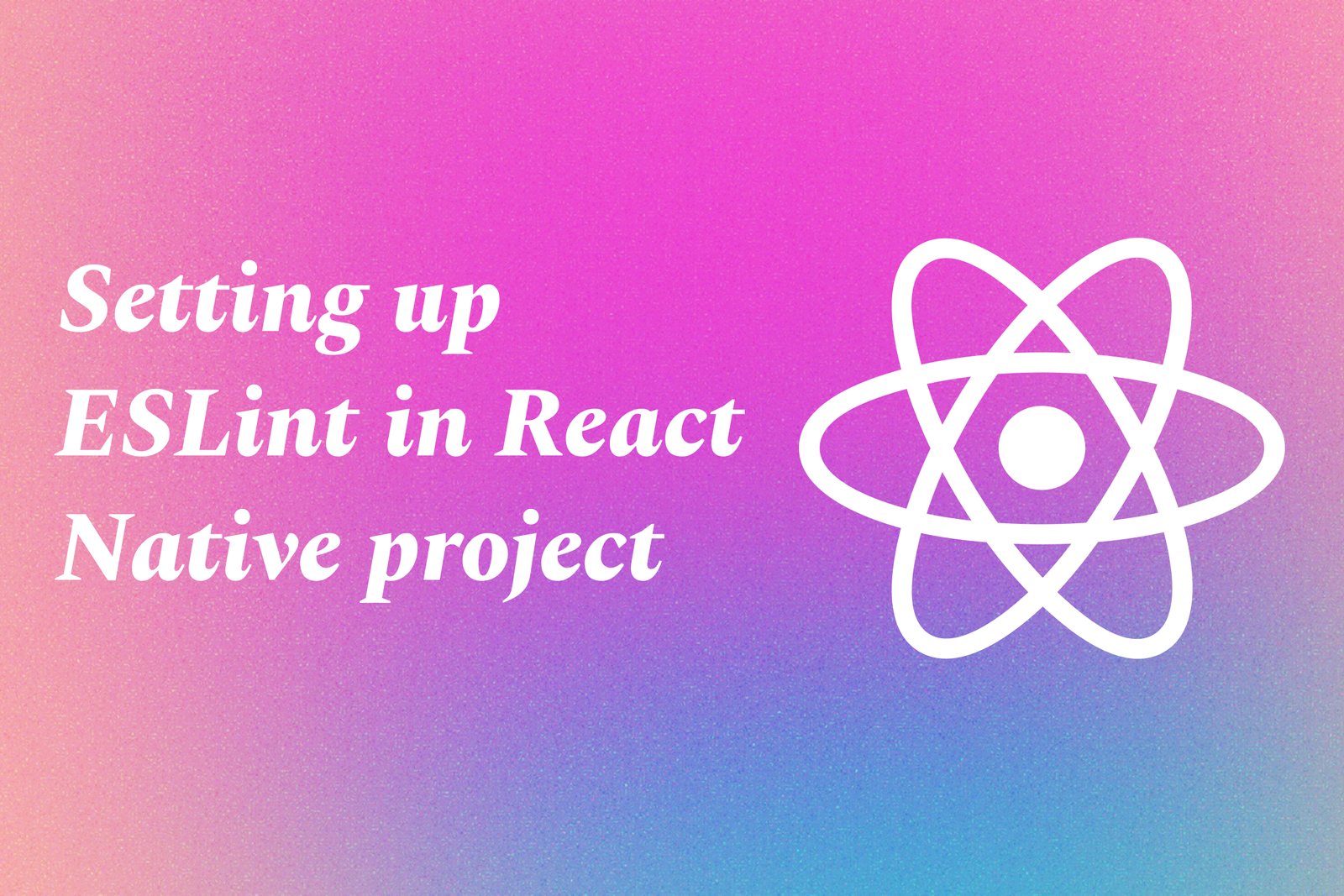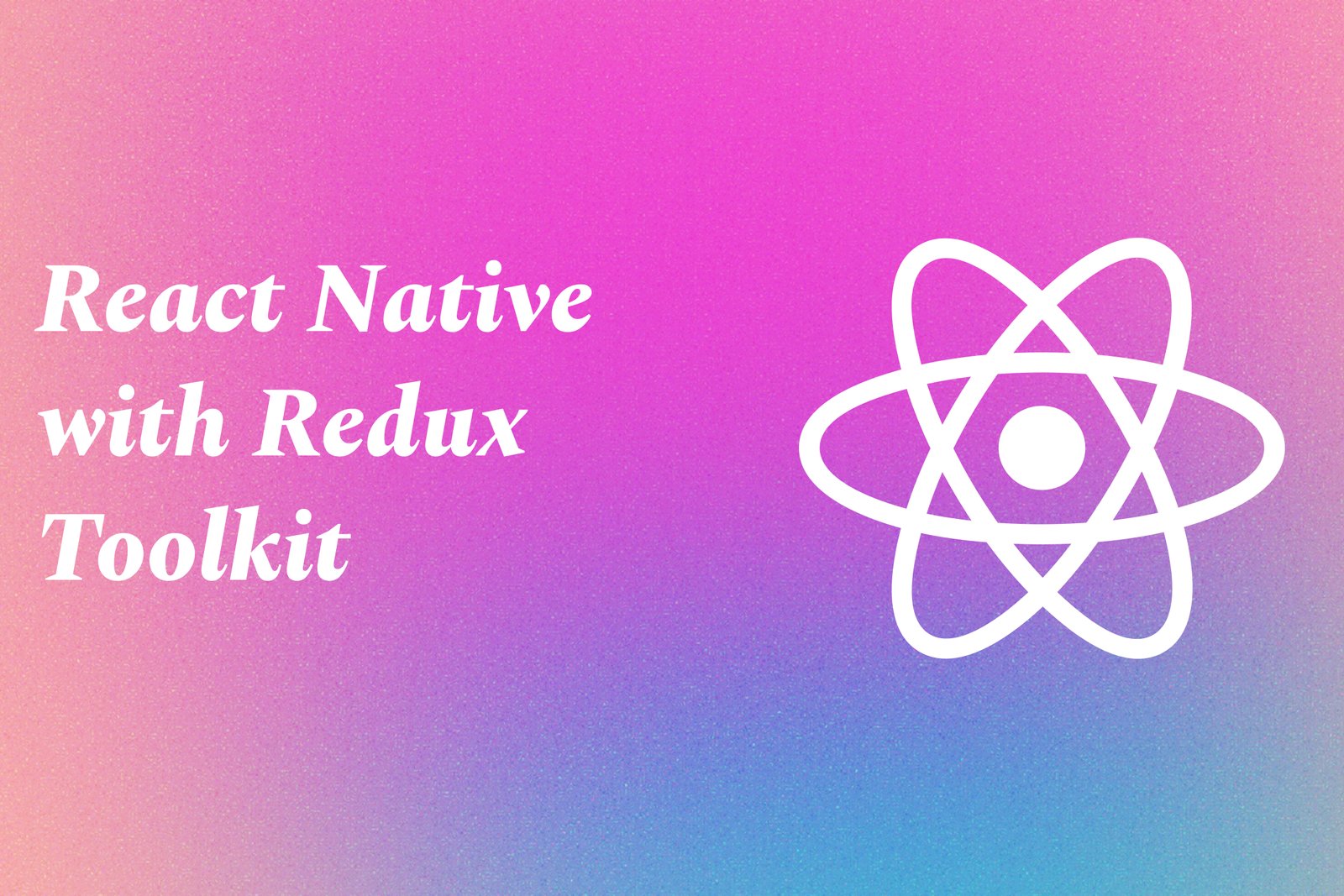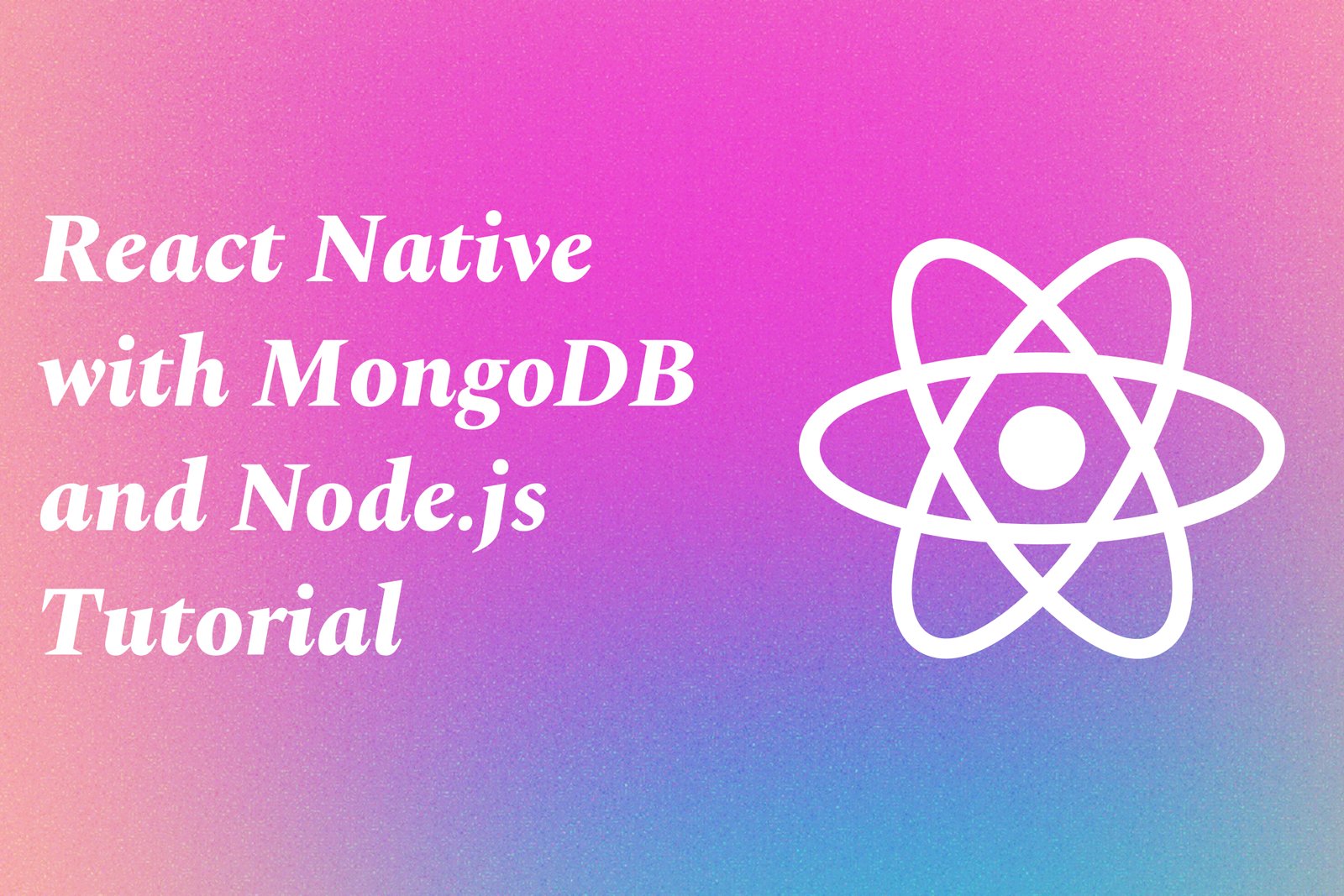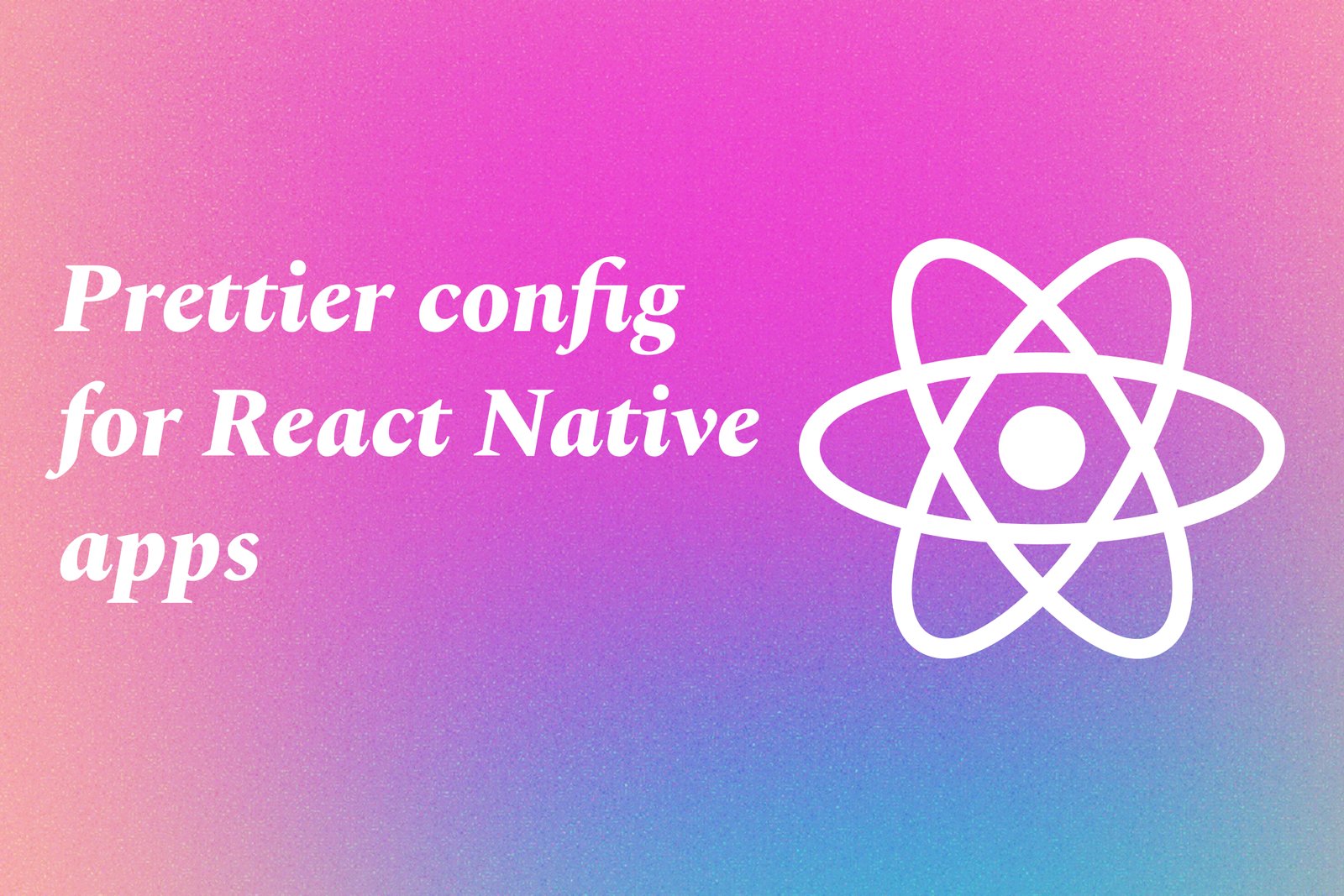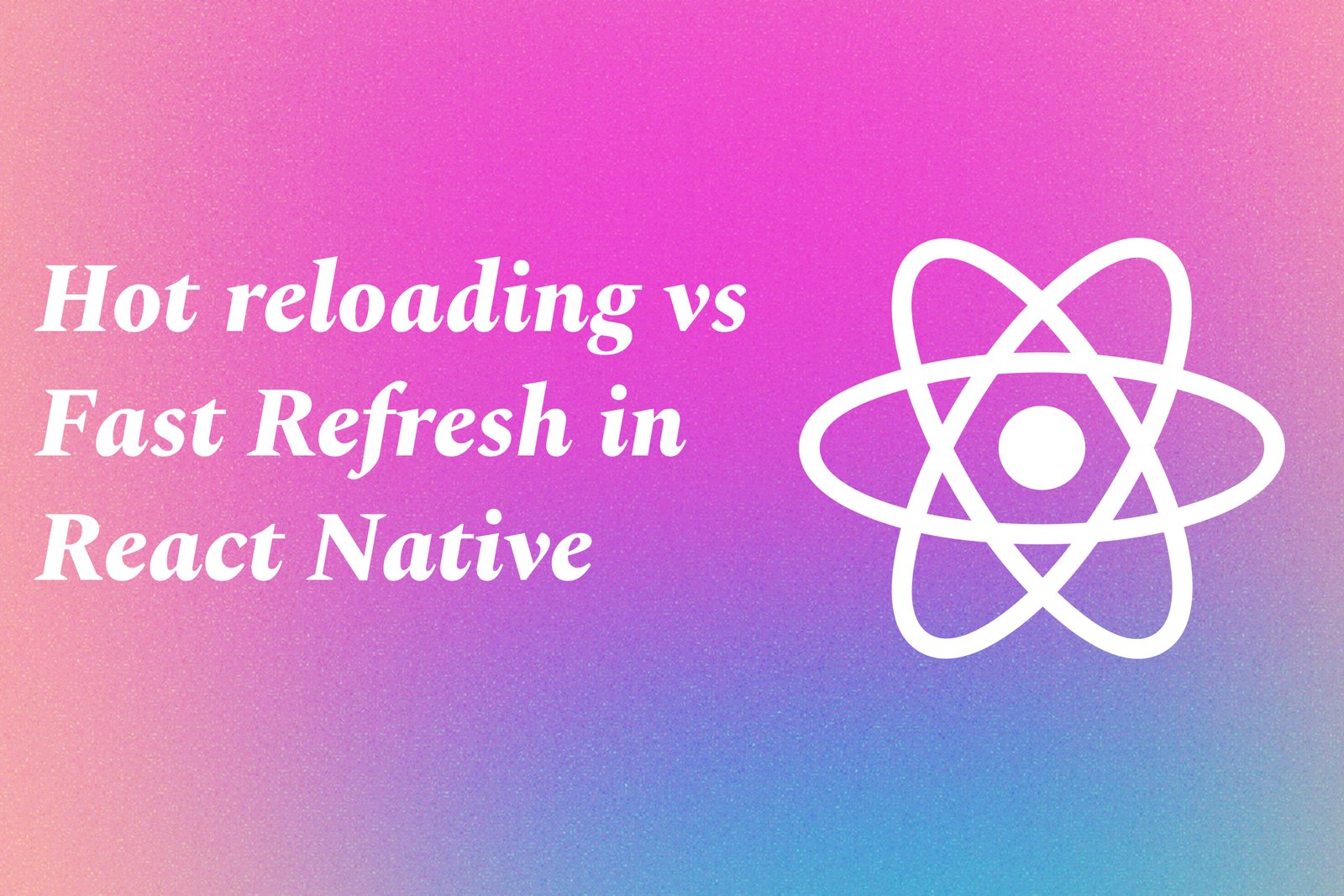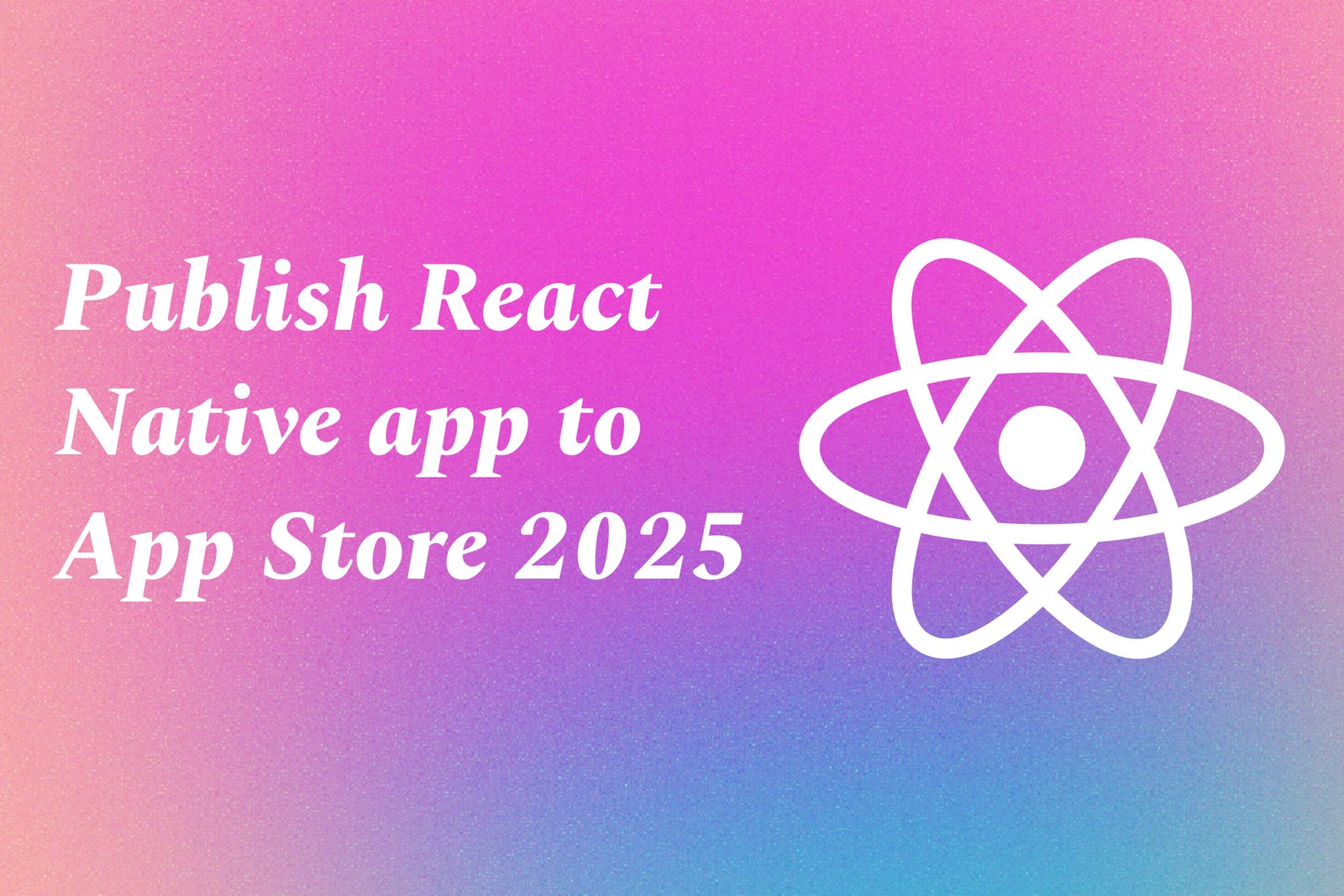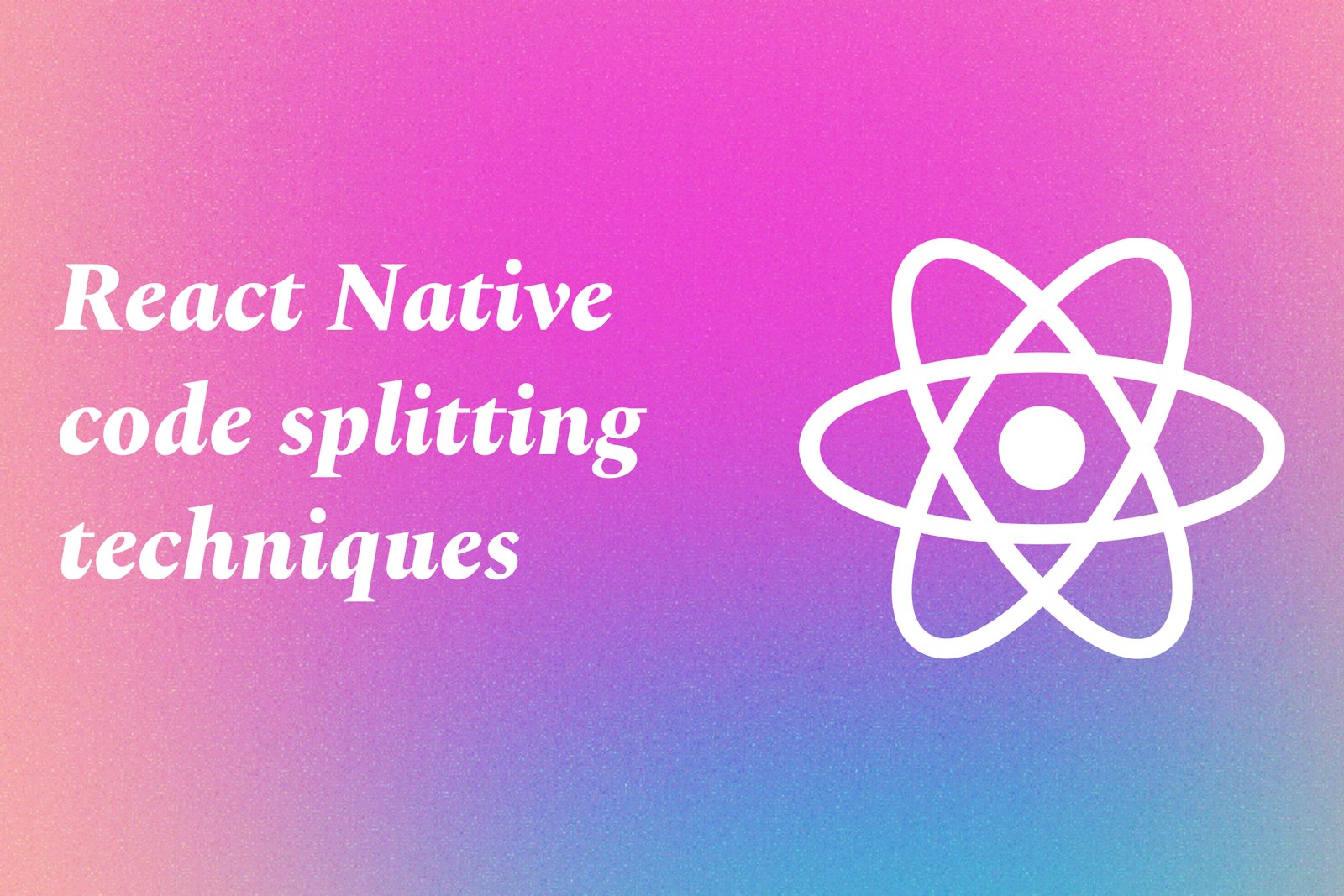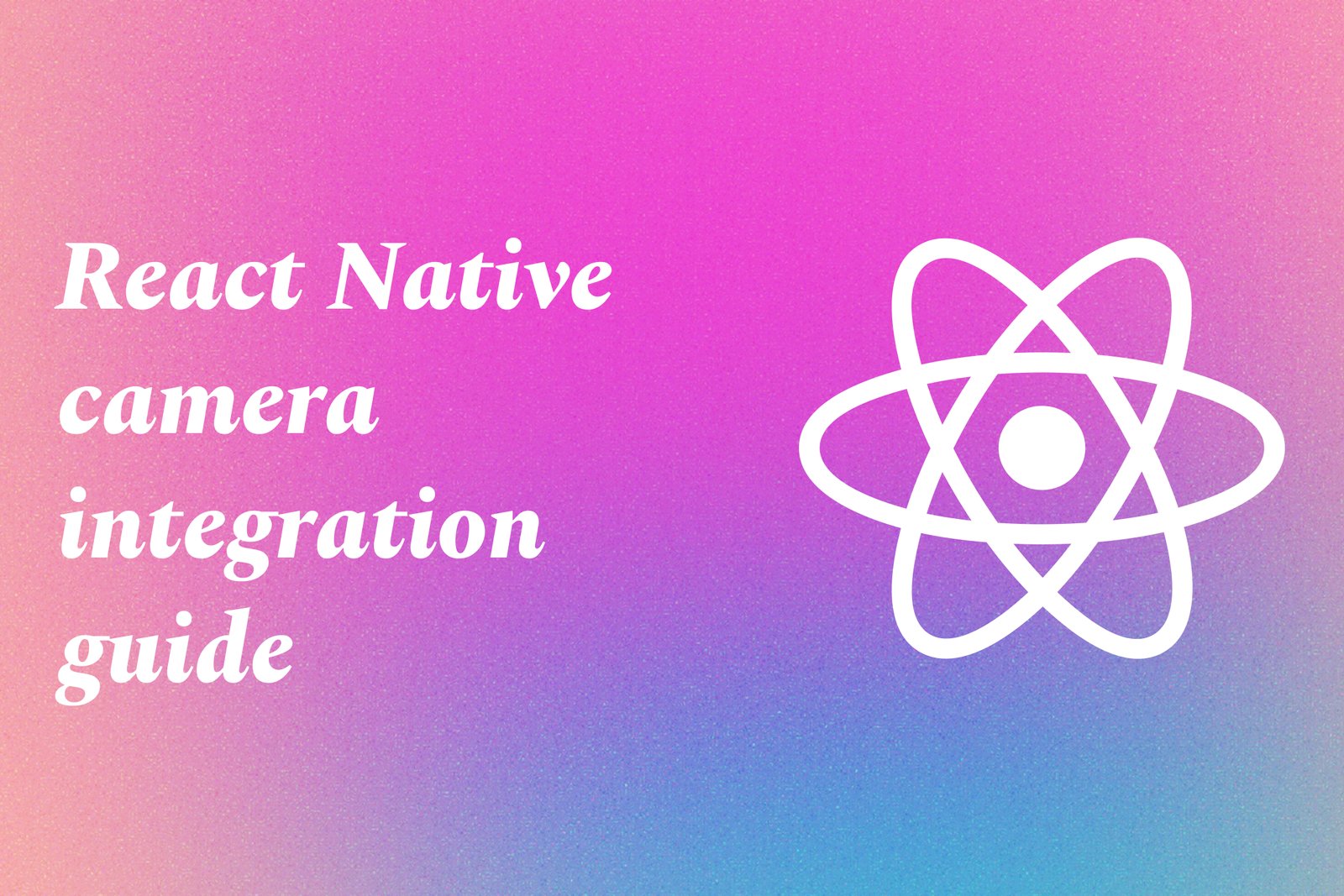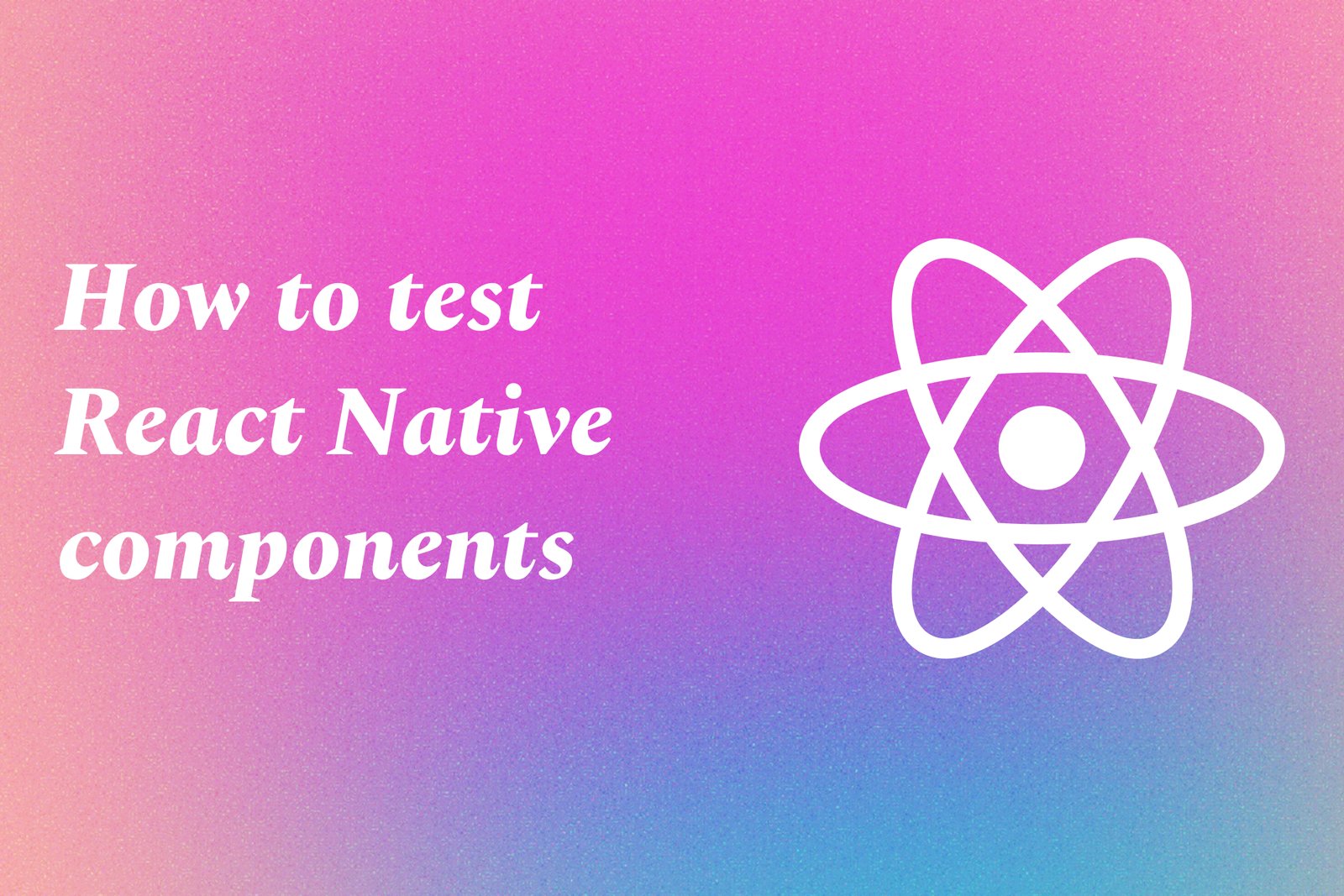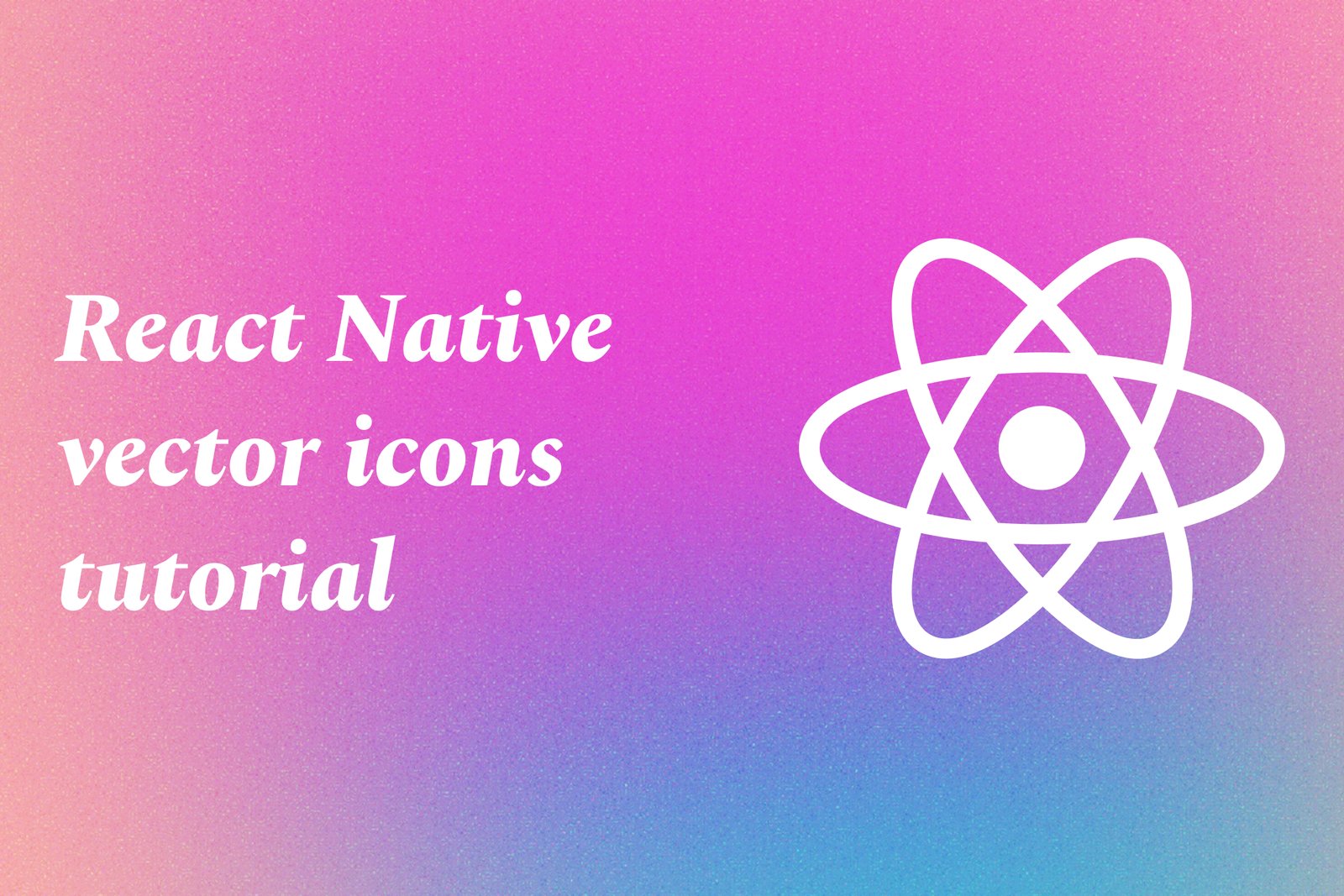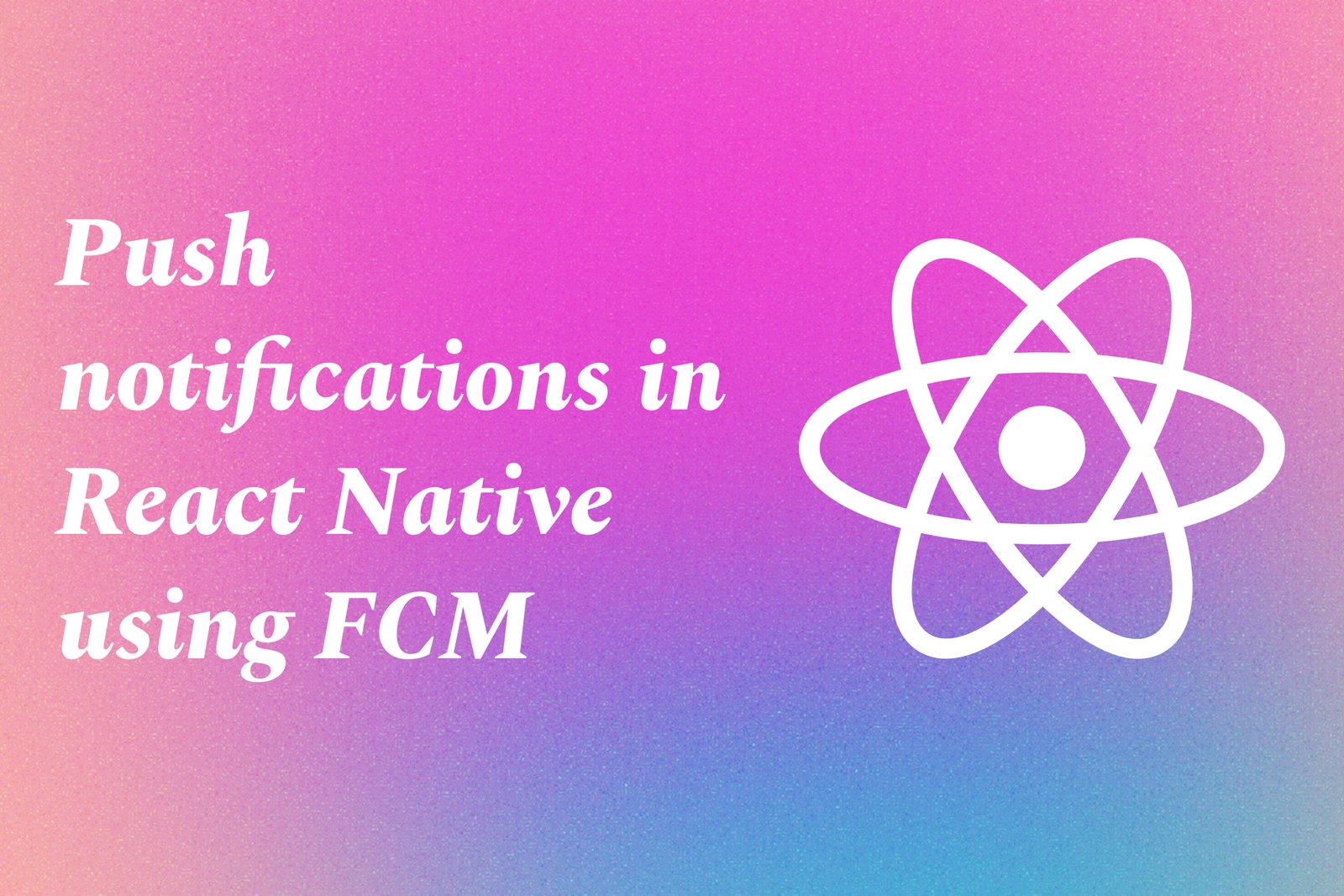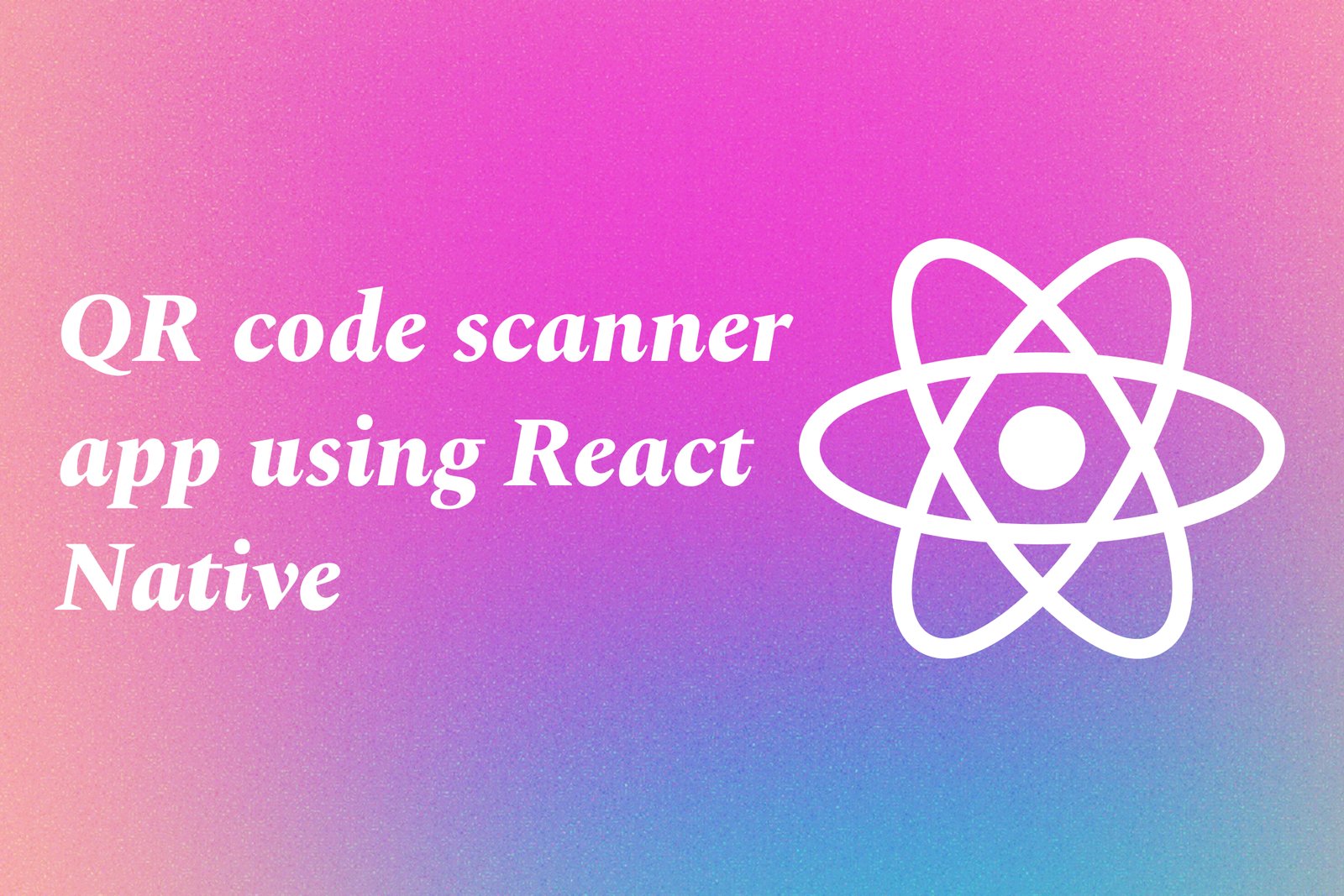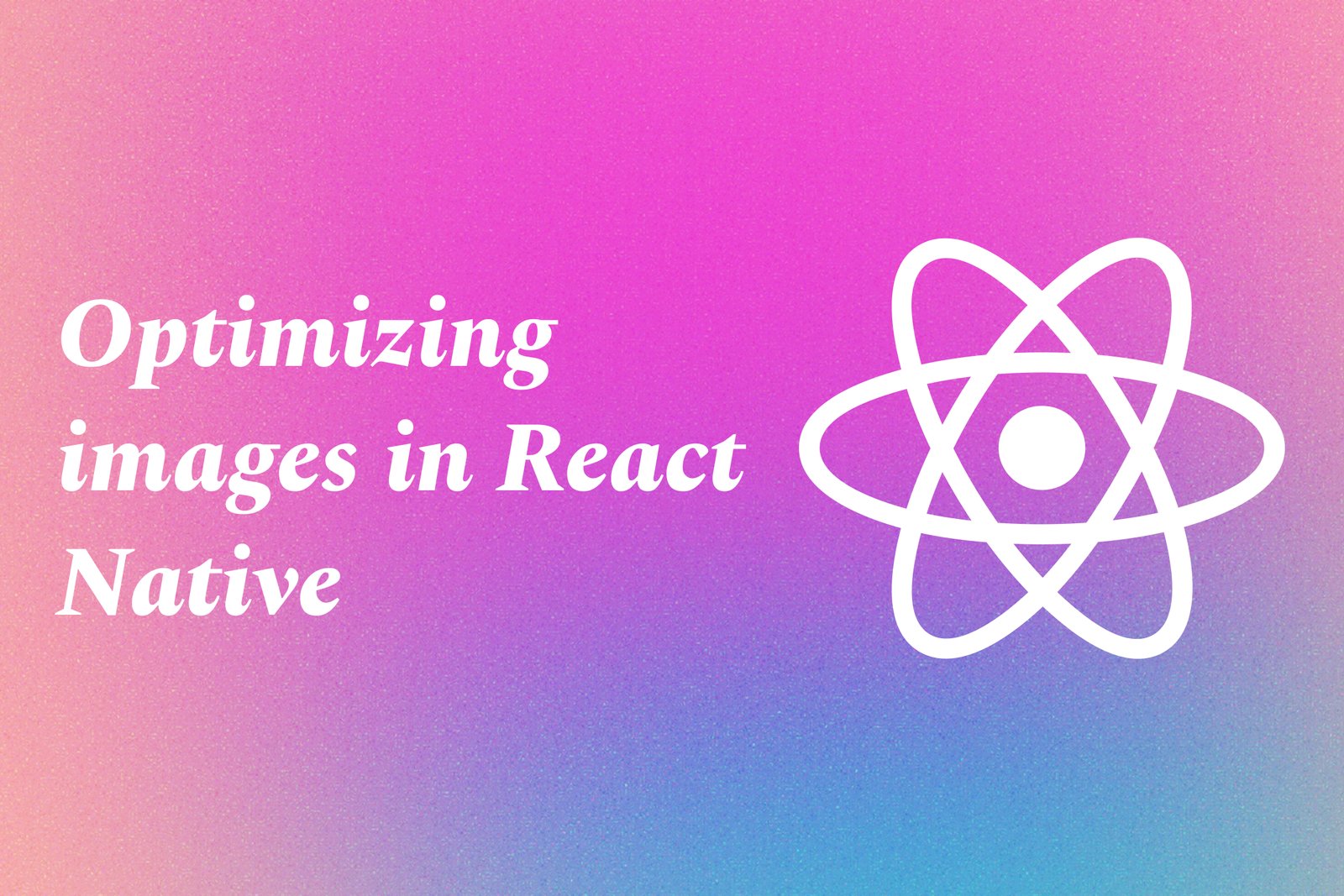How to use reanimated 3 in react native
Reanimated 3 is a flexible animation library in React Native designed to enhance the performance and ease of creating complex animations. To use Reanimated 3, start by installing the library in your React Native project. After installation, you can import the necessary components, such as `useSharedValue`, `useAnimatedStyle`, and `withTiming`, to define animated values and their transitions. By leveraging worklets, you can write animation logic that runs on the UI thread, resulting in smoother and more responsive animations without blocking the JavaScript thread. Combine these features to create intricate animations and gestures that greatly enhance the user experience in your application.
Learn MoreIntegrate Lottie Animations In React Native
Integrating Lottie animations in React Native involves incorporating lightweight, high-quality animations into mobile applications using the Lottie library. Lottie allows developers to render animations created in Adobe After Effects directly in their apps, enhancing the user experience with visually appealing and interactive elements. By using JSON files exported from After Effects, developers can add smooth and intricate animations without sacrificing app performance, making the interface more engaging while maintaining a seamless experience across different devices.
Learn MoreReact Native CLI Vs Expo: Pros And Cons
React Native CLI and Expo are two popular frameworks for developing mobile applications using JavaScript and React. React Native CLI provides a powerful, customizable environment for building apps, granting access to native modules and allowing for greater control over the app's architecture. However, this flexibility comes with a steeper learning curve and more complex setup. In contrast, Expo offers a user-friendly framework that accelerates development with a rich set of pre-built components and easy-to-use tools, making it ideal for rapid prototyping. The trade-off with Expo is that it may restrict access to certain native functionalities, which can limit the complexity of some projects. Choosing between them hinges on the specific needs of your app and your development expertise.
Learn MoreHow To Use TypeScript In React Native
Using TypeScript in React Native involves setting up your project to leverage TypeScript's static typing features, which enhances code quality and developer experience. To start, you can create a new React Native project with TypeScript by running `npx react-native init MyApp --template react-native-template-typescript`. This initializes your project with the necessary TypeScript configuration. After that, you can create components and screens using the `.tsx` file extension, allowing you to define prop types and state types explicitly. This ensures that you catch potential errors early in the development process and improves collaboration by making the code more self-documenting. Additionally, integrating TypeScript with popular tools like ESLint and Prettier can further streamline your development workflow.
Learn MoreReact Native CLI Vs Expo: What To Choose?
When choosing between React Native CLI and Expo for mobile app development, it's crucial to understand their distinct features. React Native CLI provides a flexible framework that allows for extensive customization and the ability to integrate native code, making it suitable for complex applications that require in-depth functionality. In contrast, Expo offers a streamlined development experience with a managed workflow and pre-built components, ideal for rapid prototyping and simpler applications. Ultimately, the decision hinges on your project's requirements, with React Native CLI catering to those seeking more control and Expo appealing to developers prioritizing speed and ease of use.
Learn MoreReact Native Production Build Tips
Creating a production build in React Native involves preparing your app for release by optimizing performance and ensuring stability. Key tips for achieving this include enabling code minification to reduce file sizes, configuring the use of environment variables to manage settings for development and production, and optimizing asset management for faster load times. Additionally, leveraging tools like Hermes can further enhance speed and efficiency. It's essential to thoroughly test the build on various devices to identify and fix any issues before deployment, ensuring that users receive a polished and responsive application. These practices help deliver a high-quality product that meets user expectations and enhances the overall experience.
Learn MoreSetting Up ESLint In React Native Project
Setting up ESLint in a React Native project involves integrating a linting tool that helps maintain code quality by detecting potential errors and enforcing coding standards. To get started, you'll need to install ESLint and any necessary plugins for React and React Native. After installation, you can create a configuration file to specify rules and preferences that suit your project's requirements. This setup enables developers to receive real-time feedback on their code, promotes consistency across the codebase, and ultimately leads to cleaner, more maintainable applications.
Learn MoreReact Native with Redux toolkit
React Native with Redux Toolkit is a powerful framework for building mobile applications that run on both iOS and Android platforms using JavaScript and React. React Native enables developers to create native-looking apps with a single codebase, while Redux Toolkit simplifies state management by providing a set of tools and best practices for managing global application state. By leveraging Redux Toolkit, developers can efficiently handle complex state logic, making it easier to build scalable and maintainable applications. This combination enhances development speed and ensures a smooth user experience across devices, making it a popular choice for modern mobile app development.
Learn MoreReact Native With MongoDB And Node.Js Tutorial
The React Native with MongoDB and Node.js tutorial is a comprehensive learning path designed for developers looking to build mobile applications using modern web technologies. This tutorial guides participants through the process of creating cross-platform apps with React Native, utilizing Node.js for server-side logic, and integrating MongoDB for database management. By focusing on real-time projects, learners gain hands-on experience in constructing mobile applications that efficiently handle data and offer seamless user experiences. This combination of technologies enables developers to deliver high-performing, scalable applications that meet the demands of today’s users.
Learn MorePrettier Config for React Native Apps
Prettier is an opinionated code formatter that helps maintain a consistent code style in React Native applications. By creating a Prettier configuration file, developers can define formatting rules such as indentation, line length, and quote style. This configuration ensures that regardless of the developer or the IDE used, the code remains uniform and adheres to predefined standards. Leveraging Prettier in React Native projects enhances collaboration, simplifies code reviews, and minimizes formatting-related issues, ultimately leading to cleaner and more maintainable codebases.
Learn MoreHow to Structure Folders in a React Native App
Structuring folders in a React Native app involves creating a clear and logical organization of files that enhances development efficiency and maintainability. A typical folder structure may include directories for components, screens, assets (like images and fonts), navigation, state management, and utilities. Within each folder, developers can further categorize files based on functionality or features, making it easier to locate and manage code. This organizational approach not only helps teams collaborate effectively but also simplifies debugging and scaling the application as it grows, ultimately leading to a more robust and streamlined project.
Learn MoreHot Reloading Vs Fast Refresh In React Native
Hot Reloading and Fast Refresh are features in React Native designed to improve the development workflow. Hot Reloading enables developers to see the effect of their code changes immediately without a full reload, preserving the application state. However, Fast Refresh builds upon this by providing a more reliable and seamless experience, ensuring that changes update instantly while maintaining the component's state. Fast Refresh automatically recovers from errors and allows for a smoother iteration process, making it the preferred feature in modern React Native development for enhancing productivity and efficiency.
Learn MorePublish React Native App To App Store 2025
Publishing a React Native app to the App Store in 2025 allows developers to distribute their mobile applications to iOS users effectively. React Native is a popular framework that facilitates building cross-platform apps using a single codebase, making the development process more efficient. When preparing to publish, developers must ensure that their app meets Apple's guidelines, undergoes thorough testing, and is optimized for performance. By successfully launching on the App Store, developers can tap into a vast audience, enhance user engagement, and potentially increase revenue through app sales or in-app purchases. This process not only showcases the versatility of React Native but also solidifies a developer's presence in the competitive app market.
Learn MoreReact Native Code Splitting Techniques
React Native code splitting techniques involve breaking down an application’s codebase into smaller, modular chunks that can be loaded on demand rather than all at once. This method enhances performance by ensuring that only the necessary components are loaded when needed, significantly reducing initial load times and improving overall user experience. Techniques such as dynamic imports and lazy loading allow developers to load screens, components, or libraries dynamically, optimizing resource utilization and ensuring smoother interactions within the app. By implementing code splitting, developers can create more efficient and responsive mobile applications.
Learn MoreReact Native Camera Integration Guide
The React Native camera integration guide provides developers with a comprehensive framework for incorporating camera functionalities into their mobile applications built with React Native. This guide outlines the necessary steps to set up the camera, including the installation of required packages, configuration for both iOS and Android platforms, and implementation of essential features like capturing photos, recording videos, and scanning barcodes or QR codes. With clear instructions and code examples, this guide simplifies the process, enabling developers to enhance their applications with real-time media capabilities, ultimately improving user engagement and interaction.
Learn Morehow to test react native COMPONENTS
Testing React Native components involves evaluating the functionality and performance of UI elements to ensure they work as intended. This process typically includes writing unit tests for individual components and integration tests to assess how components interact with each other. Developers utilize testing frameworks like Jest along with utilities from React Testing Library to simulate user interactions and verify outcomes. By effectively testing components, developers can identify bugs early, ensure consistent behavior across different devices, and maintain a high standard of quality in their mobile applications.
Learn MoreReact Native Vector Icons Tutorial
The React Native Vector Icons tutorial is designed to guide developers in incorporating customizable and scalable vector icons into their React Native applications. This tutorial covers the essentials of installing the library, utilizing various icon sets, and implementing icons to enhance the app's interface and user experience. By following this tutorial, developers can learn how to efficiently use icons that are not only visually appealing but also adaptable to different screen sizes, making their apps more engaging and professional.
Learn MorePush Notifications In React Native Using FCM
Push notifications in React Native using Firebase Cloud Messaging (FCM) enable developers to send real-time messages to users' devices, keeping them engaged with relevant updates and alerts. FCM provides a reliable and scalable solution for delivering notifications, allowing apps to reach users even when they are not actively using the application. By integrating FCM, developers can customize notifications, segment user audiences, and track engagement metrics, ensuring that the messages resonate with users and enhance the overall user experience. This functionality is essential for fostering communication, driving user interaction, and improving retention rates within mobile applications.
Learn MoreQR Code Scanner App Using React Native
A QR code scanner app built with React Native is a mobile application that enables users to scan and decode QR codes using their device's camera. By leveraging React Native's cross-platform capabilities, developers can create an intuitive and efficient application that works seamlessly on both iOS and Android devices. This app allows users to quickly access websites, save contact details, make payments, or retrieve promotional content simply by scanning a QR code. With a focus on user experience and performance, a QR code scanner app can significantly enhance interaction and accessibility in various industries, making it an invaluable tool in today’s tech-driven world.
Learn MoreOptimizing Images In React Native
Optimizing images in React Native involves applying various techniques to reduce the size and improve the loading efficiency of images within mobile applications. This process includes resizing images to fit the required dimensions, selecting appropriate file formats (such as JPEG or PNG), and using compression tools to decrease file sizes without compromising quality. By optimizing images, developers can create faster, more responsive applications that consume less bandwidth and memory, ultimately enhancing the overall user experience and ensuring smoother performance on a variety of devices.
Learn MoreReact Native Red Screen Error Solutions
The React Native red screen error is a critical failure that occurs when the app encounters an unhandled exception, causing it to crash and display a red error screen. This error can stem from various issues such as syntax errors, missing dependencies, or incorrect configurations within the code. To resolve this issue, developers can take steps like carefully reading the error message for clues, using console logs to trace the source of the error, checking for any recent changes that might have introduced bugs, and ensuring that all necessary dependencies are properly installed. By diagnosing the specific cause and applying appropriate fixes, developers can restore their applications to working order efficiently.
Learn More